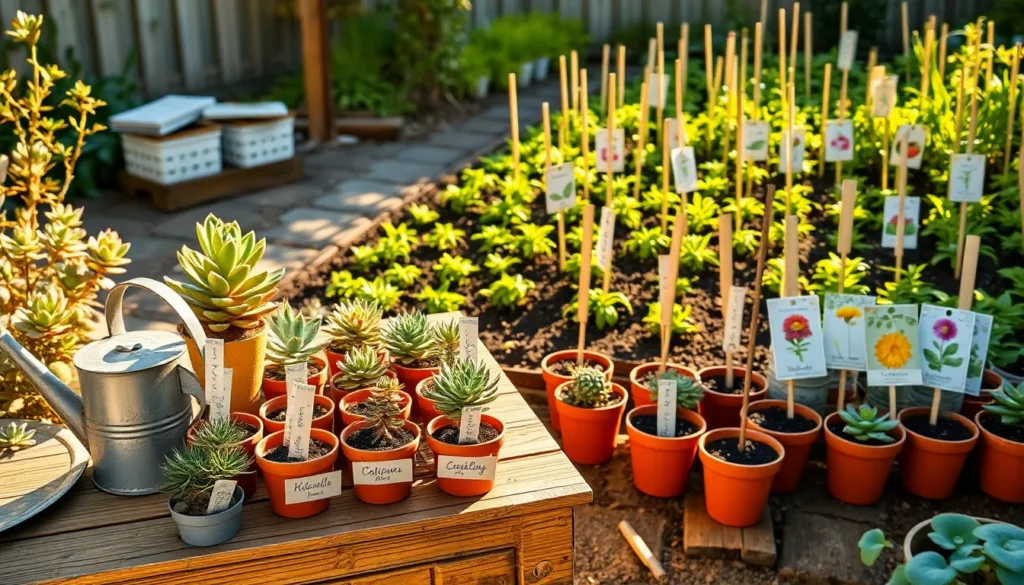Starting a garden from seeds can be one of the most rewarding ventures for both novice and seasoned gardeners alike. The act of nurturing tiny seeds into thriving plants connects us to the earth and provides a sense of accomplishment that few other hobbies can match. Whether you’re dipping your toes into the gardening world for the first time or you’re a veteran with a green thumb, embarking on this journey requires only a bit of patience and care, with the promise of blooming success.
In this article, we’ll delve into ten low-maintenance seeds that are perfect for kickstarting your garden without overwhelming your schedule. You’ll discover that even with a busy lifestyle, you can cultivate a vibrant outdoor space that brings joy and tranquility. From selecting the right seeds to understanding their growth needs, we’ll guide you through every step with practical advice and encouraging tips. Prepare to transform your garden into a thriving oasis with minimal effort and maximum satisfaction.
You’ll learn how to choose seeds that fit your climate, soil conditions, and personal preferences, ensuring that your garden reflects your unique style and needs. We’ll also share essential tips on soil preparation, germination, and caring for young seedlings to help you cultivate success from the ground up. By the end of this article, you’ll be equipped with the knowledge to start your own lush sanctuary, enjoying the fruits of your labor with ease and delight. Whether you seek a peaceful retreat or a vibrant splash of color, starting a garden from seeds is an inviting and achievable endeavor.
Choosing Easy-Care Seed Varieties

When you’re starting a garden from seeds, choosing easy-care varieties can make a big difference in your success. For beginners, consider plants like radishes, lettuce, and marigolds, which are forgiving and thrive in various conditions.
Radishes are particularly rewarding because they mature quickly, often in less than a month. Plant them in loose, well-draining soil, and ensure they receive about an inch of water weekly to keep the roots tender and flavorful.
Lettuce is another excellent choice, offering a variety of types such as leaf, butterhead, and romaine. Sow the seeds directly in the garden in early spring or fall, and keep the soil consistently moist for the best results.
Marigolds are not only easy to grow but also help repel pests, making them a valuable addition to any garden. Plant them in full sun and well-drained soil, and they will reward you with vibrant blooms and fewer garden pests.
For those seeking a bit more of a challenge, try growing sunflowers, which add height and color to your garden. Sow seeds directly in the ground after the last frost, and provide them with plenty of sunlight and regular watering until they establish strong roots.
While these plants are generally easy to care for, it’s important to monitor their growth and adapt care as needed. Pay attention to signs of stress like yellowing leaves or stunted growth, and adjust watering or sunlight exposure accordingly.
Gathering Essential Gardening Supplies
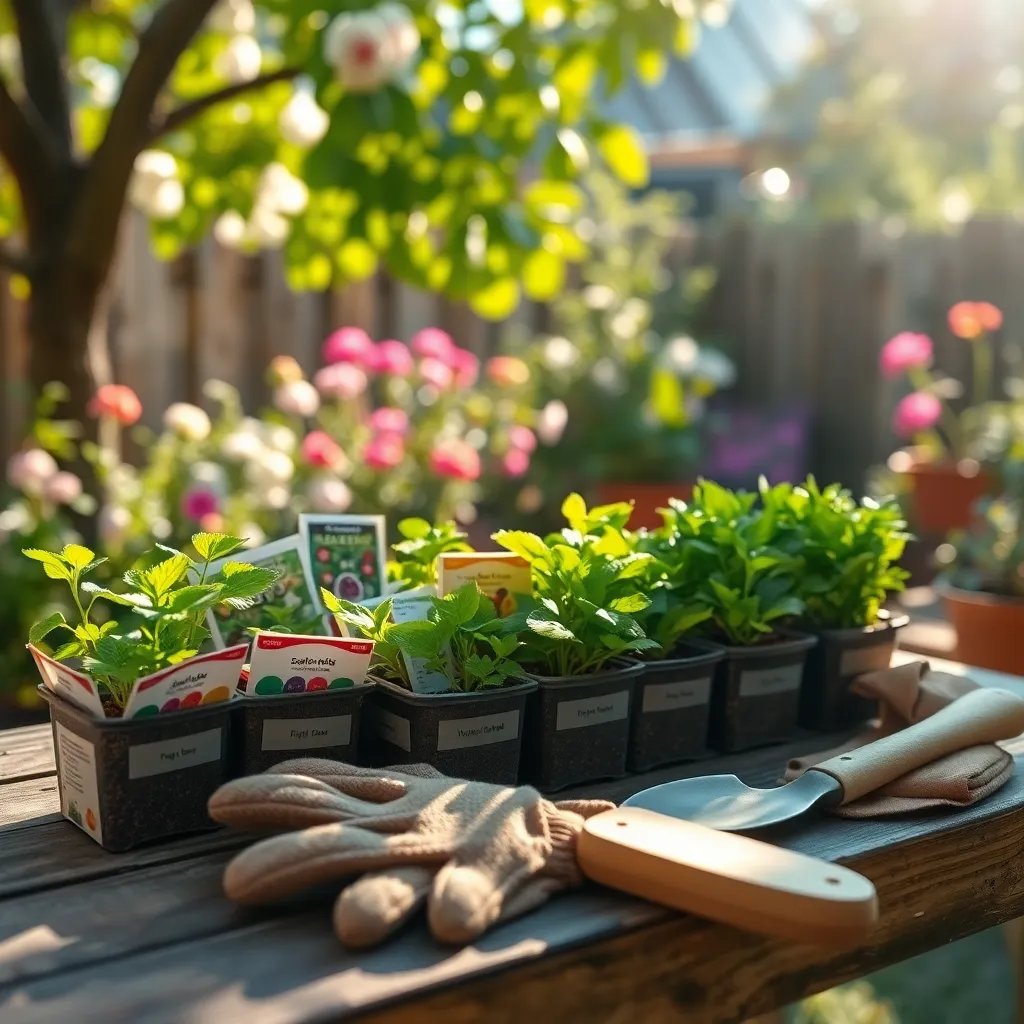
Before diving into the joys of seed gardening, gathering essential supplies is crucial for a successful start. Begin with acquiring a good quality seed starting mix, which provides excellent drainage and aeration to help seeds germinate effectively.
Containers are equally important and should be chosen based on your space and seed types; biodegradable pots, seed trays, or even recycled containers with drainage holes are all great options. Experienced gardeners might consider investing in a heating mat to maintain consistent soil temperature, especially for seeds that require warmth to germinate.
Watering your seeds gently yet effectively is another key aspect of care, so use a spray bottle or a watering can with a fine spout to avoid disturbing the soil. As seeds begin to sprout, providing adequate light becomes essential; a sunny windowsill or grow lights will ensure your seedlings grow strong and healthy.
To prevent common issues like damping off, maintain good air circulation by using a small fan set on low near your seedlings. Finally, label your pots or trays clearly with the seed type and sowing date to keep track of your plants’ progress and ensure you meet their specific care needs.
Preparing Soil for Optimal Growth
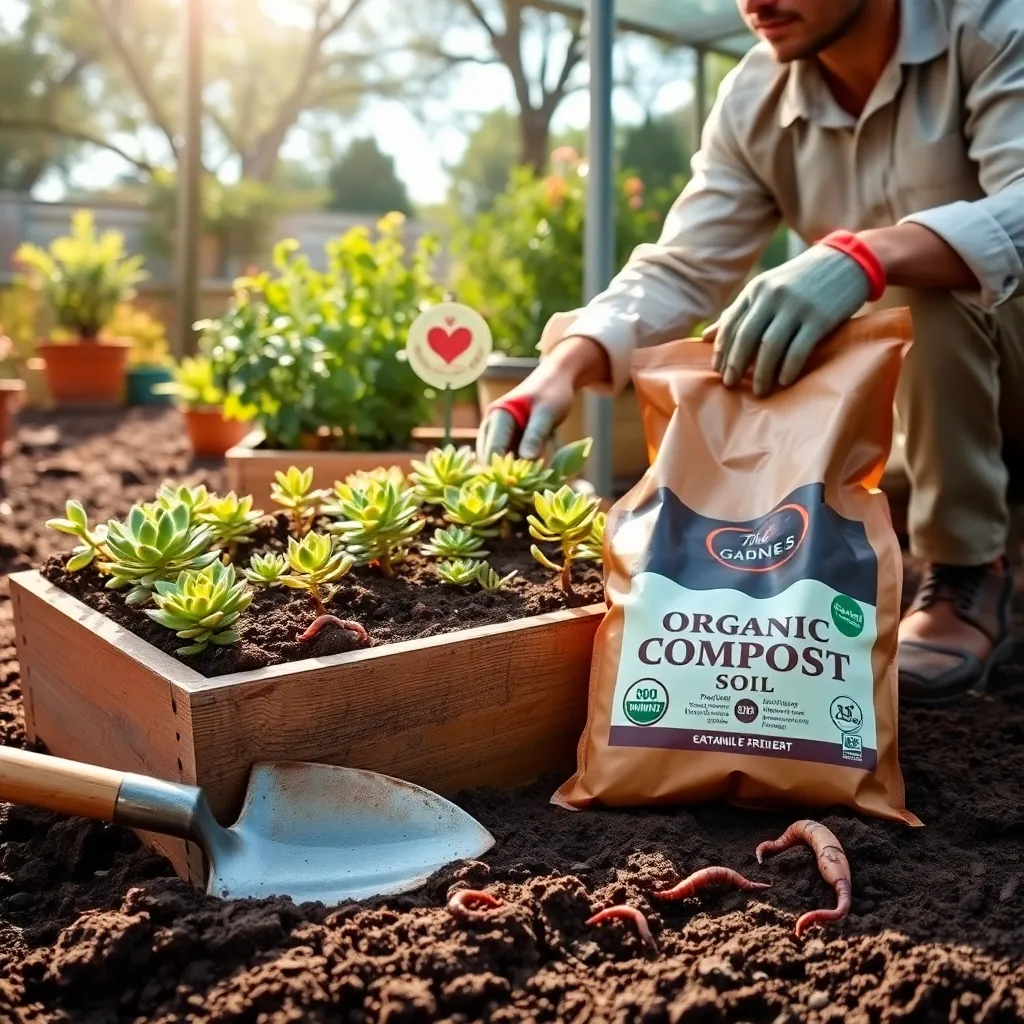
Before planting your seeds, it’s crucial to prepare your soil to ensure optimal growth. Begin by checking the pH level of your soil, aiming for a neutral range of 6.0 to 7.0, which suits most plants.
To amend your soil, incorporate organic matter such as compost or well-rotted manure, which improves drainage and nutrient availability. Using a garden fork or tiller, mix these materials thoroughly into the top 6 to 8 inches of soil.
After amending the soil, allow it to settle for a few days to a week before planting your seeds. This waiting period helps the soil structure stabilize, providing a firm foundation for seed germination.
Consider adding a layer of mulch after planting to retain moisture and regulate soil temperature. Mulch also suppresses weeds, reducing competition for nutrients that your seedlings need to thrive.
Simple Seed Planting Techniques
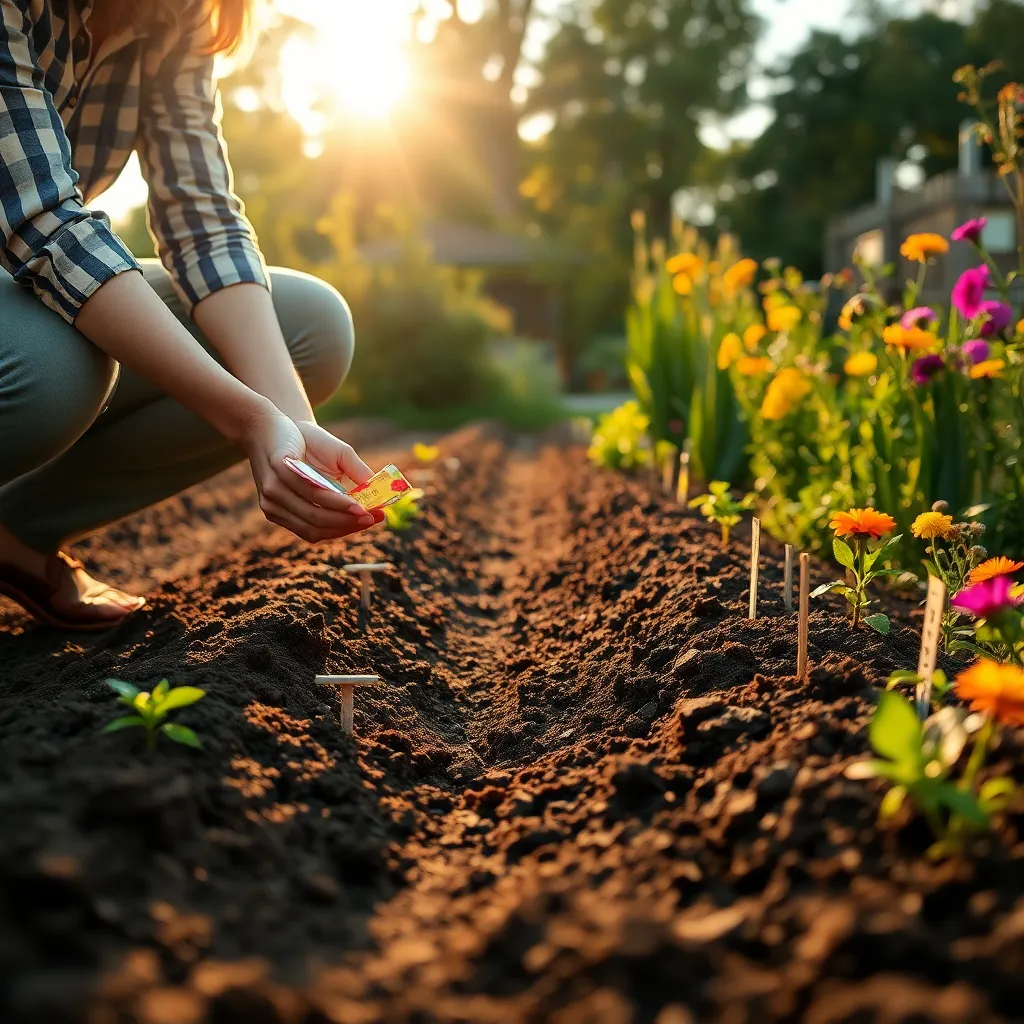
Once your soil is prepared, it’s time to plant your seeds with care. A simple yet effective technique involves planting seeds at a depth of about two to three times their size, ensuring they have enough soil coverage to germinate successfully.
For most seeds, maintaining consistent moisture levels is crucial. Water gently using a spray bottle or a fine mist nozzle to avoid displacing seeds, keeping the soil moist but not waterlogged.
It’s beneficial to consider the temperature and light requirements of your seeds. Some seeds, like those of tomatoes and peppers, thrive in warmer conditions and may need a heat mat to assist germination.
Label each row after planting to keep track of different plant varieties and their specific care needs. This practice is especially useful in larger gardens, preventing confusion as plants start to grow and develop.
Establishing a Watering Routine
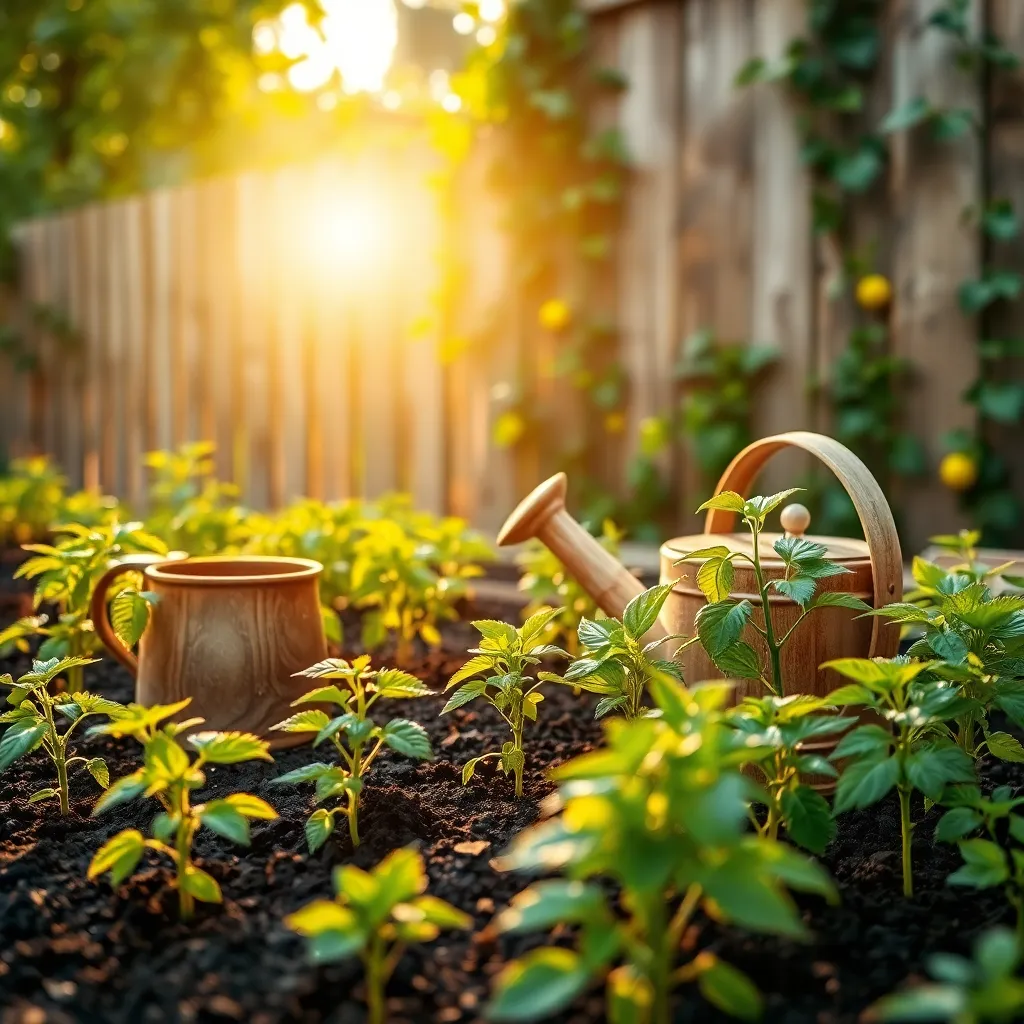
Establishing an effective watering routine is crucial for nurturing your young plants from seeds. Begin by understanding that different seeds have varying moisture needs, so it’s essential to know the specific requirements of what you’re growing.
Most seeds prefer consistently moist soil, but overwatering can be just as harmful as underwatering. To achieve the right balance, aim to keep the soil damp but not soggy by checking it daily with your finger or a moisture meter.
For beginners, a simple rule of thumb is to water your seedlings lightly once a day, preferably in the morning. This allows excess moisture to evaporate, reducing the risk of fungal diseases that can thrive in overly wet environments.
Experienced gardeners might use a more refined approach, adjusting watering frequency based on the seedling’s developmental stage. As plants mature, they generally require less frequent watering but in larger amounts to encourage deep root growth.
Consider the soil type, as it greatly affects your watering schedule: clay soils hold water longer, while sandy soils dry out faster. Adding organic matter like compost can improve water retention in sandy soils, providing a more stable growing environment.
Using mulch is an advanced technique that can help maintain soil moisture and temperature, which is particularly beneficial in warmer climates. Additionally, utilizing drip irrigation systems can save time and ensure consistent moisture levels, making it a worthwhile investment for avid gardeners.
Sunlight Needs for Seedlings

Sunlight is critical for the healthy growth of seedlings, as it fuels photosynthesis and supports strong development. Ideally, seedlings should receive 12-16 hours of light per day to mimic natural growing conditions.
For gardeners starting indoors, using grow lights can provide the necessary light intensity and duration. Position these lights about 2-4 inches above the seedlings and adjust as they grow to prevent leggy plants.
Outdoor gardeners should select a location that receives adequate sunlight, such as a south-facing window or a sunny spot in the garden. Ensure the seedlings are gradually acclimated to direct sunlight to avoid shock, a process known as hardening off.
Hardening off involves gradually exposing seedlings to outdoor conditions, starting with a few hours of indirect sunlight. Increase the exposure over a week, eventually allowing them to experience full sun.
Basic Fertilization Tips
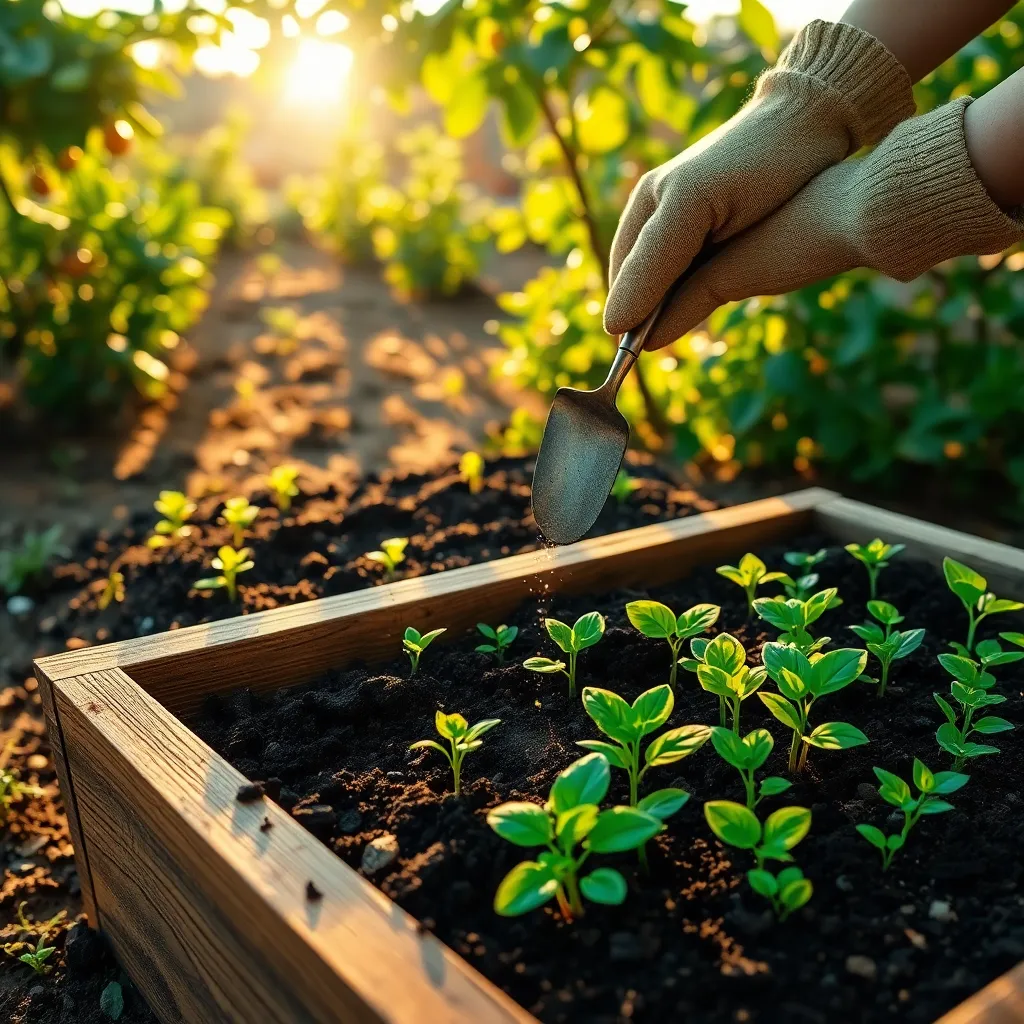
Fertilizing your garden is crucial for ensuring healthy plant growth. Begin by using a balanced fertilizer, such as a 10-10-10, which provides equal parts of nitrogen, phosphorus, and potassium.
It is essential to understand the specific needs of the plants you are growing from seeds. Most young plants will benefit from a gentle, diluted fertilizer applied every two weeks once they have developed their first true leaves.
Consider adding organic matter like compost to enrich the soil naturally. Compost not only provides nutrients but also improves soil structure, which is vital for root development and moisture retention.
For those looking to optimize fertilization, soil testing kits can be a valuable tool. These kits help determine the specific nutrient needs of your soil, allowing you to tailor your fertilization approach effectively.
Managing Pests with Minimal Effort
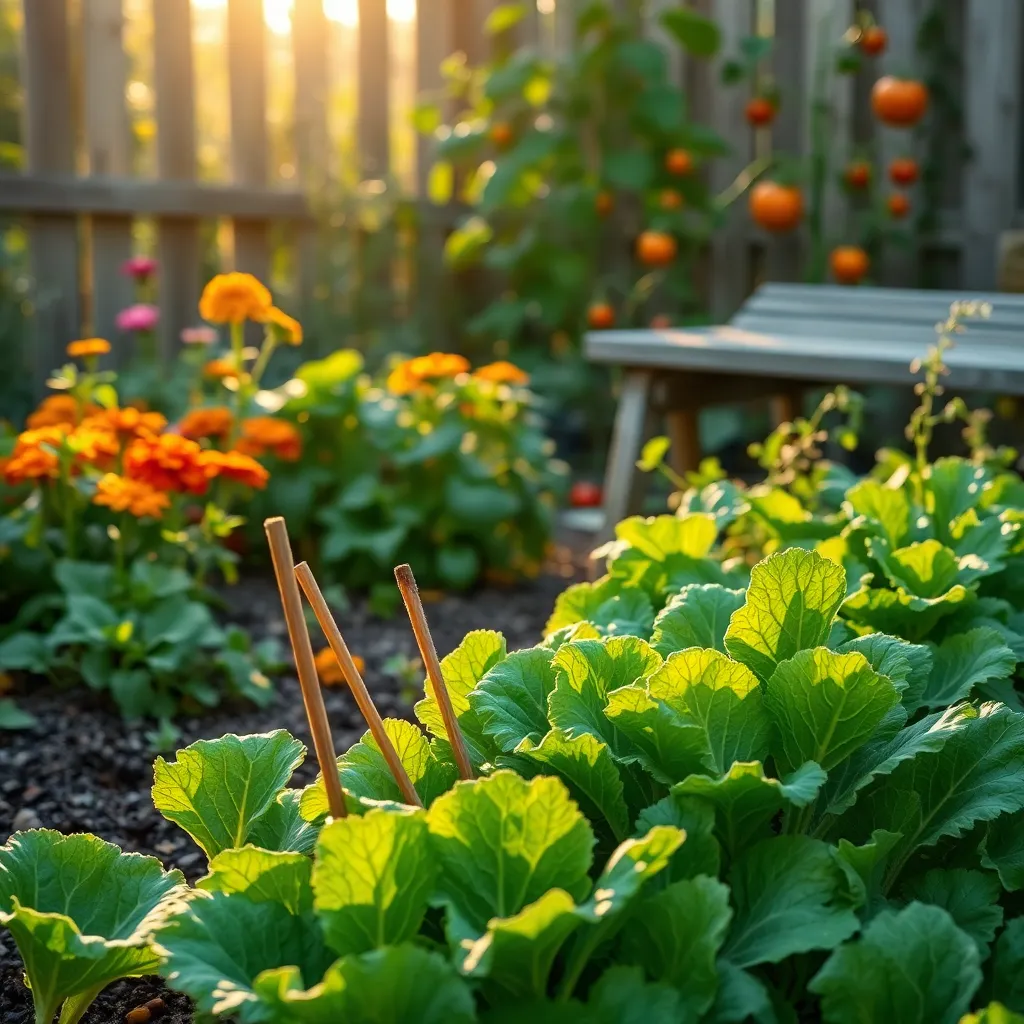
Keeping pests at bay in your garden can be simple and efficient with a few strategic approaches. Begin by encouraging beneficial insects like ladybugs and lacewings, which naturally control pest populations.
Companion planting is a fantastic method to deter pests with minimal effort. Planting marigolds among your vegetables, for example, can repel nematodes and other unwanted insects.
Regularly inspecting your plants is a quick and easy task that can make a big difference. Look for signs of damage or clusters of insects, and act promptly to prevent infestations from spreading.
For those who want an organic approach, consider using neem oil or insecticidal soap, which are gentle on plants but effective against pests. Apply these treatments in the early morning or late afternoon to minimize harm to beneficial insects.
Pruning and Maintenance Simplified
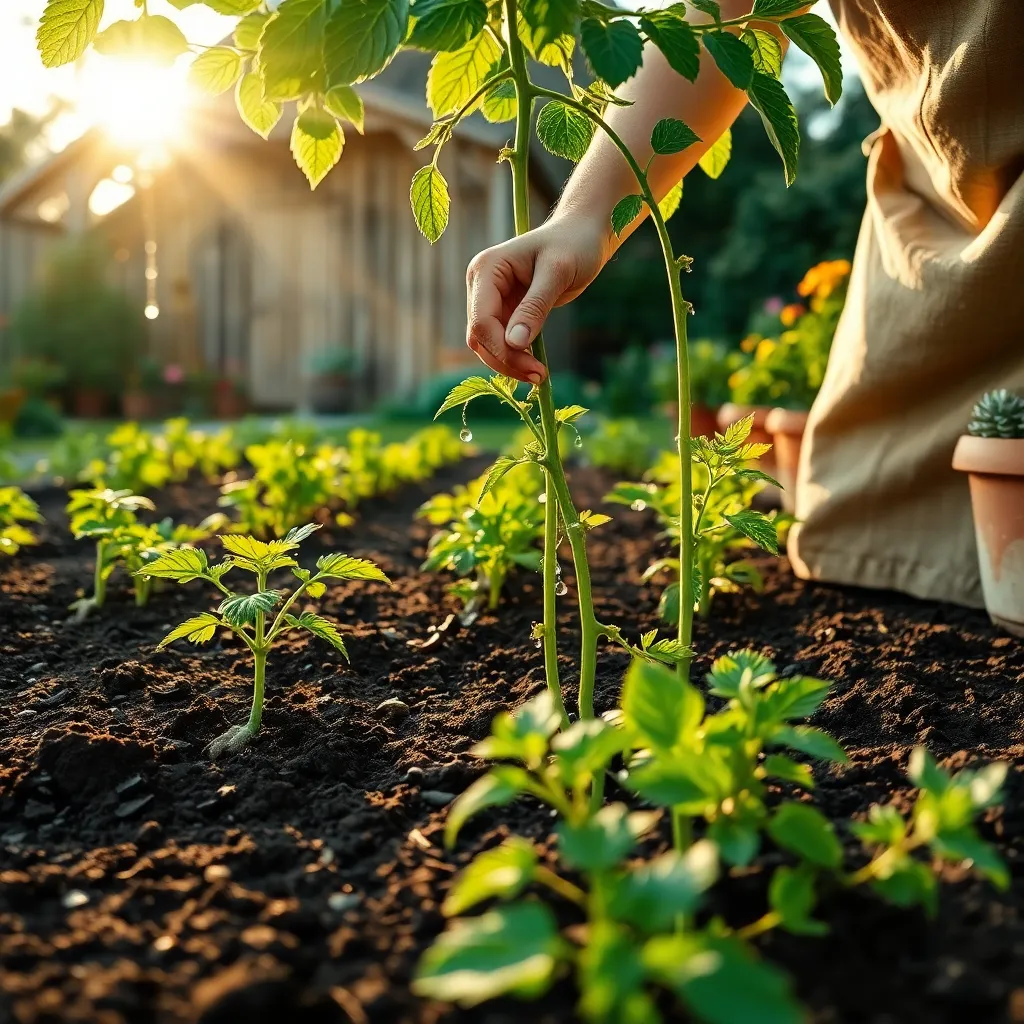
Pruning is an essential part of plant maintenance that promotes healthy growth and can be easily mastered with a few basic techniques. Start by identifying dead or diseased branches and remove them with clean, sharp shears to prevent the spread of disease.
Timing your pruning is crucial for optimal plant health. For most flowering plants, prune immediately after they bloom to ensure you don’t accidentally cut off next year’s buds.
Regular maintenance like pruning helps your plants focus energy on new growth rather than sustaining old or damaged parts. Additionally, thinning out dense areas allows more light and air to reach the inner branches, reducing the risk of fungal diseases.
Advanced gardeners can employ techniques like pinching or deadheading to encourage bushier growth and more blooms. To pinch, simply use your fingers to remove the tips of stems, prompting the plant to grow two new stems at the site, which can result in a fuller plant.
Harvesting Your Seed-Grown Garden
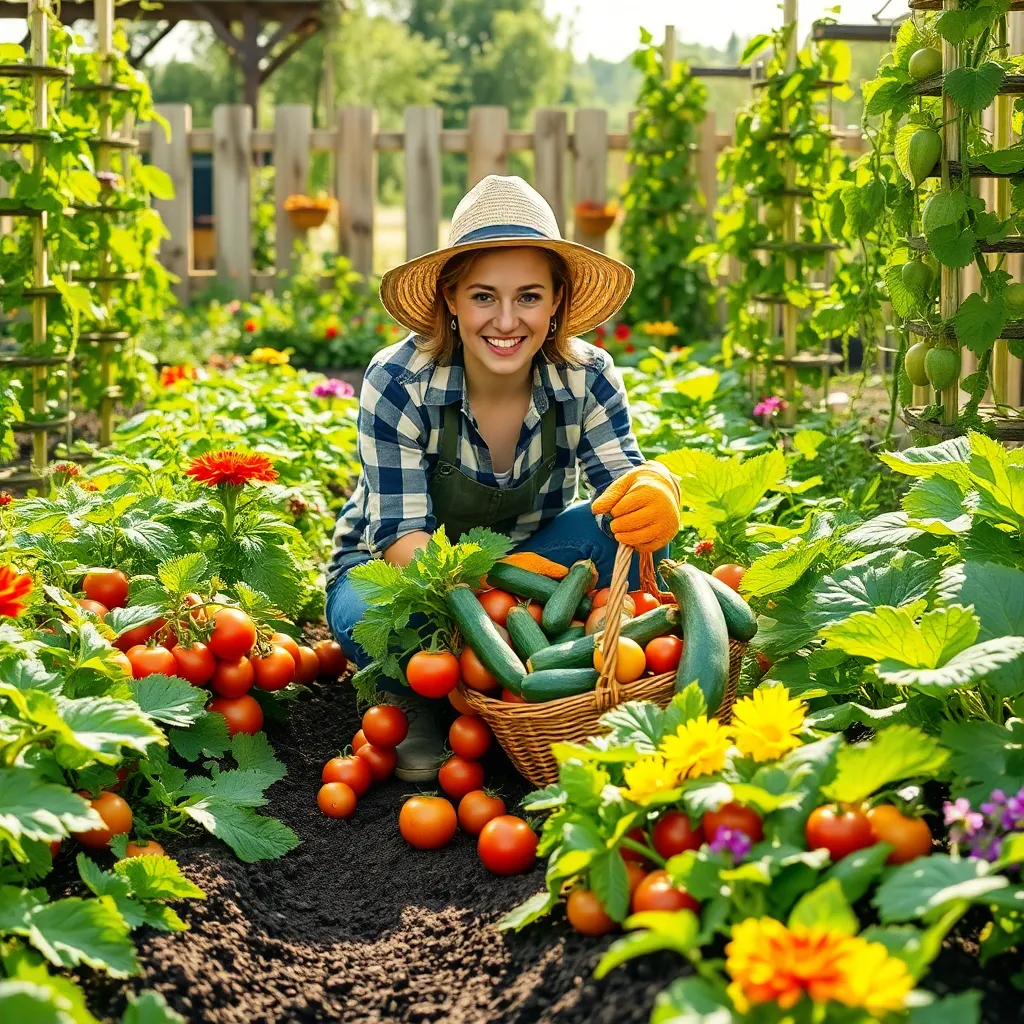
After nurturing your garden from seeds, knowing when to harvest ensures you enjoy the fruits of your labor at their peak. Timing is crucial for harvesting, as picking too early or late can affect flavor and yield.
Observe your plants carefully—mature vegetables like tomatoes should be firm yet slightly soft to the touch. For leafy greens, harvesting early in the morning helps retain crispness and flavor, as plants are most hydrated.
Use clean, sharp scissors or garden shears to avoid damaging the plants when harvesting. Regular harvesting encourages more growth, especially with plants like beans and peas, which produce more when picked frequently.
For root vegetables like carrots and radishes, gently loosen the soil around the base before pulling them out. This prevents breakage and ensures you harvest the entire vegetable without leaving parts behind in the soil.
Consider the weather conditions; ideally, harvest on dry days to prevent mold and rot during storage. Once harvested, wash the produce gently with cool water and allow it to dry naturally before storage or consumption.
Conclusion: Growing Success with These Plants
As we wrap up our exploration of nurturing relationships through the lens of gardening, let’s revisit the 10 essential concepts: understanding patience, embracing growth, fostering communication, cultivating trust, celebrating small victories, adapting to change, practicing empathy, setting healthy boundaries, sharing responsibilities, and nurturing joy. Each principle mirrors the delicate yet rewarding process of starting a garden from seeds, providing a blueprint for thriving connections.
Your immediate next step? Choose one of these principles to focus on today. Perhaps it’s sending a thoughtful message to someone you care about or setting aside time for an open conversation. Small actions can lead to significant transformations.
To ensure these insights remain at your fingertips, bookmark this article. It can serve as your go-to guide in cultivating a garden of meaningful relationships and remind you of the beauty in both simplicity and effort.
Remember, relationships, much like gardens, require tending. With consistent care and attention, you can look forward to vibrant, flourishing connections that stand the test of time. Embrace the journey, and let these seeds of wisdom guide you towards lasting relationship success.

